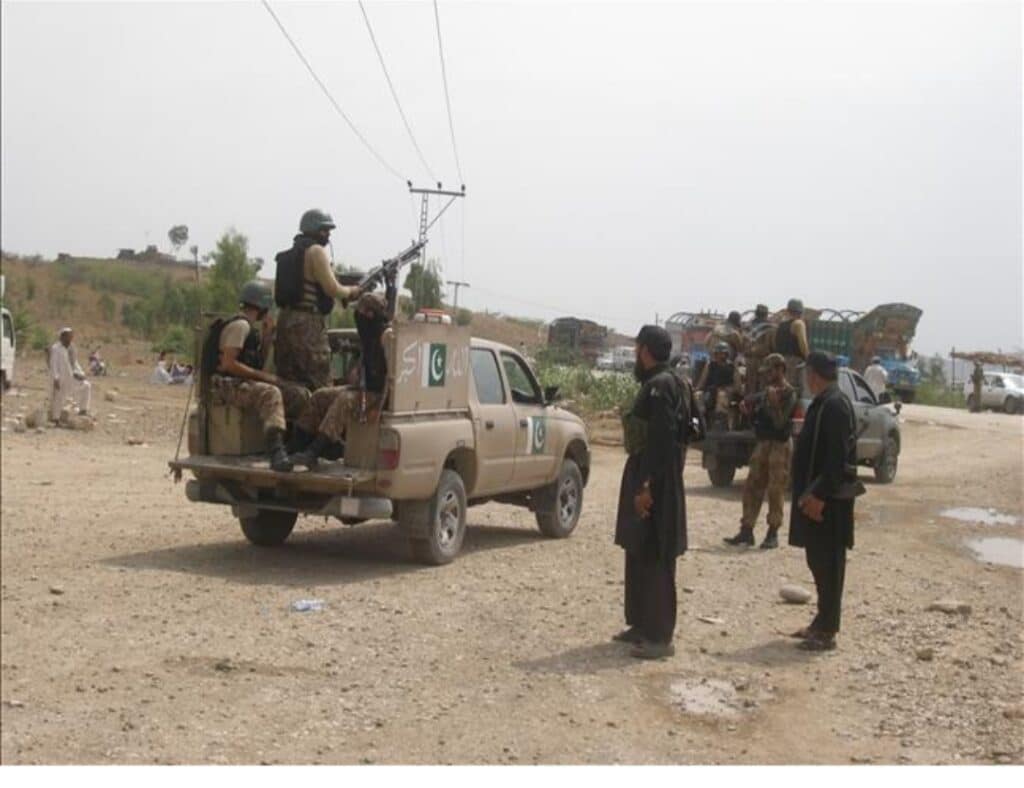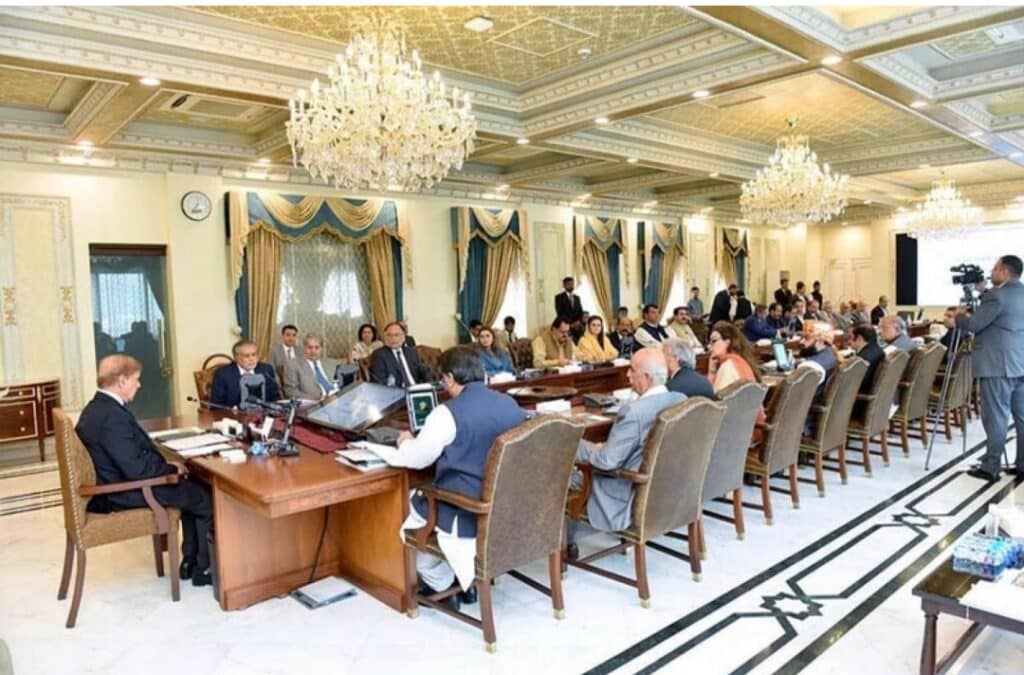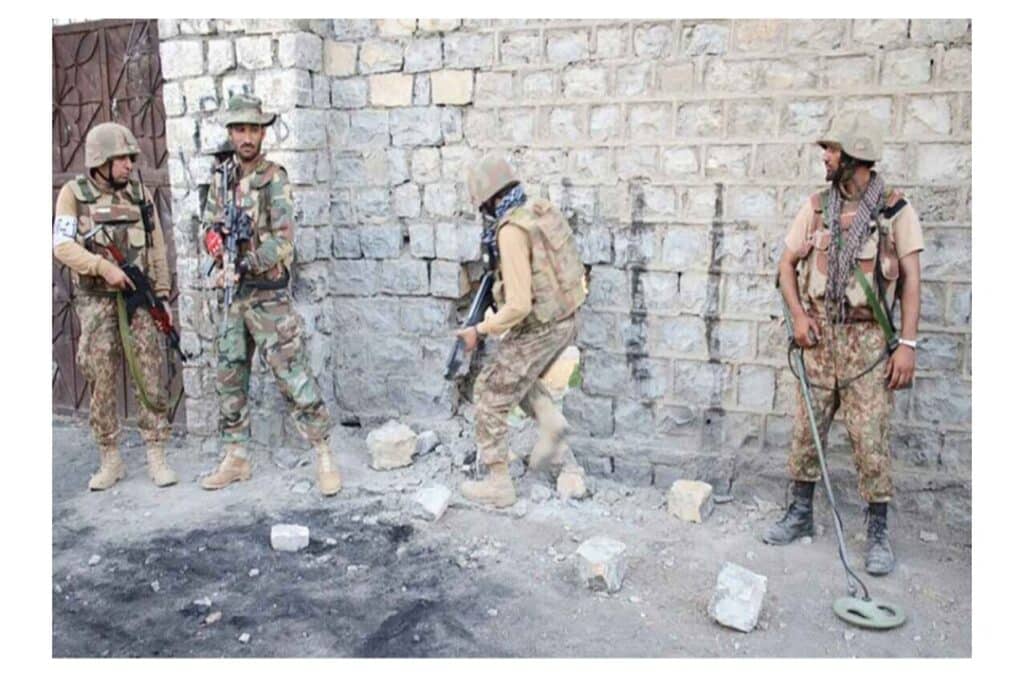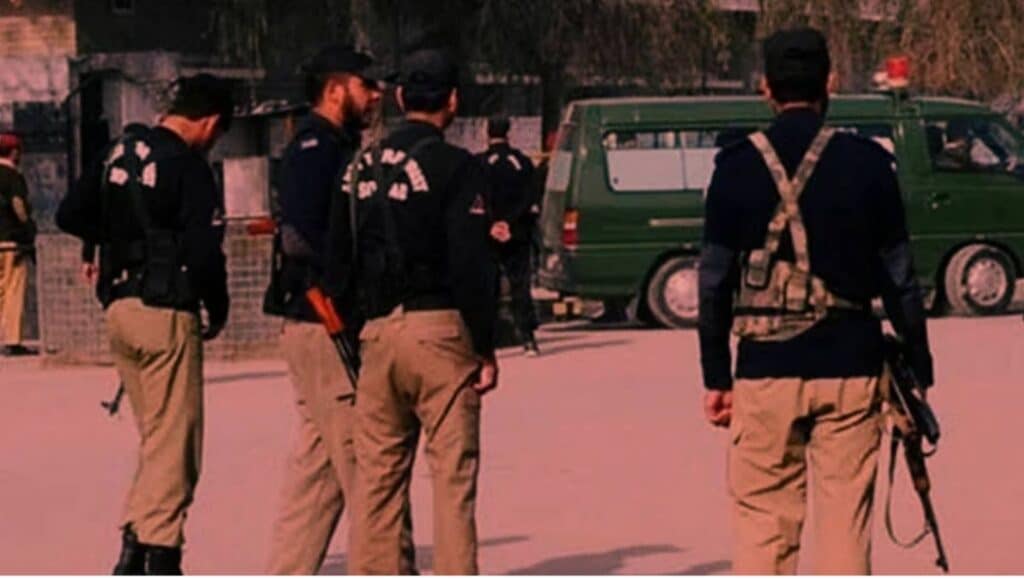Independent media in Afghanistan is facing an alarming surge in censorship and repression, as Taliban authorities tighten their grip on press freedom across the country.
According to credible sources, the Afghanistan Media Support Organisation (AMSO) has expressed grave concern over growing restrictions on journalists and media outlets, describing recent developments as a coordinated campaign to silence critical voices and suppress the free flow of information.
In a statement issued Sunday, September 14, AMSO warned that the operating space for media professionals is shrinking rapidly, and cited death threats received by multiple journalists in recent days as evidence of the deteriorating situation.
The crackdown appears to be widespread and systematic:
In Balkh province, Taliban-controlled state broadcasters have banned the airing of all images, a move that effectively ends visual journalism in the region.
In Panjshir, all visual media activities have reportedly been suspended, further tightening restrictions on independent coverage.
In Kandahar, authorities have prohibited the production of YouTube content, blocking a vital platform for alternative news and civic engagement.
These measures, AMSO stated, represent a “severe blow” to press freedom and mark a new phase of information suppression in Afghanistan.
Adding to the concern, a former Taliban police chief in Paktia, Mohammad Omar Mokhles, has publicly revealed that Taliban operatives had plotted to assassinate journalists, though several targeted individuals managed to escape. The claim, shared by sources close to Mokhles, has sparked renewed alarm among press advocates.
Media watchdogs and local journalists say the current environment has become untenable, with many reporters now operating in fear or forced into silence. In the absence of institutional protections or legal recourse, the risk of violence, detention, or forced disappearance remains high.
Observers note that these restrictions reflect a broader strategy of control, whereby the Taliban seeks to eliminate independent scrutiny and maintain a monopoly on narratives. The Taliban’s long-standing hostility toward a free press, particularly under its current leadership, has created one of the most repressive media environments in the world.
UNHCR Forced to Shut Aid Centres as Taliban Ban Women Staff
In a separate development underscoring the Taliban’s escalating clampdown, the United Nations refugee agency (UNHCR) has shuttered eight support centres across Afghanistan after Taliban authorities barred female employees from working in its offices.
According to Arafat Jamal, UNHCR’s country representative, the closures became necessary after the Taliban’s September 6 directive blocked women from entering UN offices in Kabul, Herat, and Mazar-i-Sharif. The agency had been providing critical services; including interviews, biometric registration, and returnee assistance, to nearly 7,000 Afghans daily, many of them displaced or recently deported from Pakistan.
The ban has crippled humanitarian operations, particularly in earthquake-affected regions where female aid workers are essential for reaching vulnerable women and children.
Jamal stressed that the decision to close centres was not punitive, but a matter of operational impossibility. “Without female staff, we simply cannot serve half the population,” he said, urging Taliban officials to reverse the ban.
The closures have added to a growing international concern that Taliban policies are dismantling both media freedom and humanitarian infrastructure, deepening Afghanistan’s isolation and compounding its already dire humanitarian crisis.





